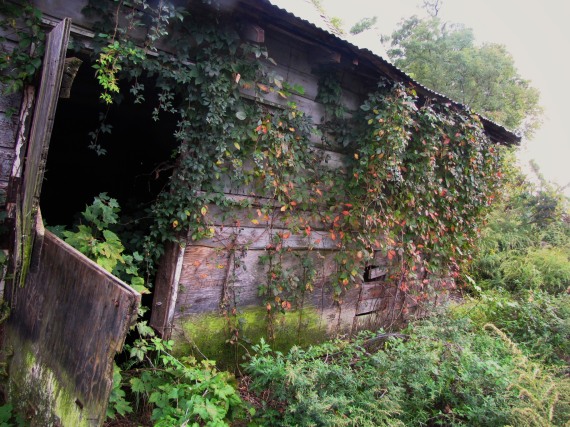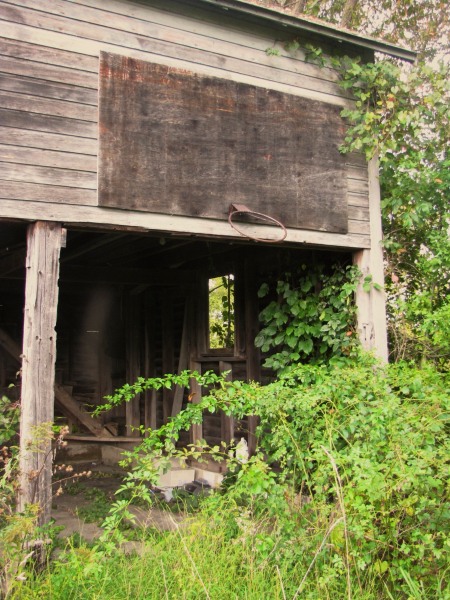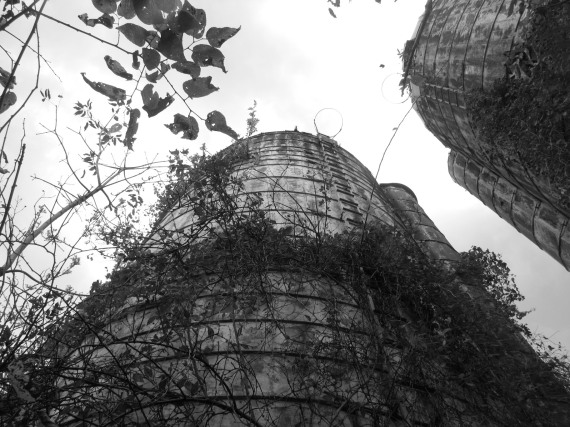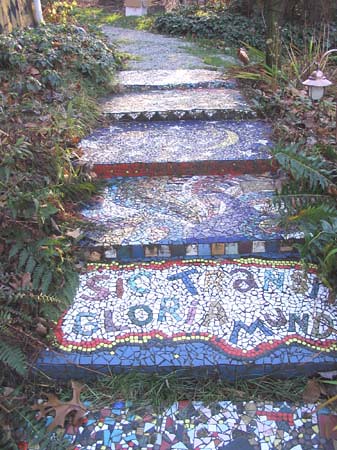Waterloo Village is situated alongside the Morris Canal, in Byram Township. It was once a 70-acre rural farm community. More recently it functioned as a historical society, teaching visitors about the history of the area, the early European settlers and Native Americans, and the Morris Canal. Over the winter, 2013 I drove by Waterloo Village, not knowing for sure if it was open or if it was abandoned. I knew that for years it had been closed and had read somewhere that it had reopened, but there were conflicting reports. At the time of my visit, there was no one there except for a few people walking their dogs. We took some pictures and left as it seemed obvious that the Village was not abandoned but was closed for the winter. Upon coming home I researched the Village for this blog entry.
All my pictures from Waterloo Village can be found here.
The retreat of glaciers from northwestern NJ 15,000 years ago left a fertile landscape, which combined with an abundance of wildlife and rich natural resources to make a desirable living area for early humans. The area was first inhabited by Paleo Indians around 8,000 BC, followed by the (Munsee) Lenape and Delaware Indian tribes. European fur traders arrived in the 1600’s with colonization to soon follow. The colonists would start mining iron and soon many forges were creating metal goods which were transported on waterways. One such waterway was the Morris Canal, opened in 1831 and running from Phillipsburg to Jersey City. Barges carrying numerous goods were towed by mules on paths alongside the canal. To accommodate changes in elevation, loches and inclined planes were incorporated into the canal.
After the Civil War, in the late 1860s, a significant amount of transportation business shifted from the waterways to the railroads. Traffic declined noticably along the Morris Canal and so did the population of Waterloo Village. By 1900, sometimes only one boat would use it in an entire year. The canal closed down in 1924, its utility eclipsed by the modern railroad. By the time of the Great Depression the Village was totally abandoned.
Due to its close proximity to local rail stops, hobos found the town a good place to stay and they protected it from vandalism through the 1930’s and 40’s. In the 1960’s, Percival H.E. Leach and Lou Gualandi spearheaded an effort to preserve the village. Slowly the village was restored and it would eventually become incorporated into Allamuchy Mountain State Park.
A non-profit organization, The Waterloo Foundation for the Arts, was established and enabled the two men to raise the funds necessary to not only restore the village, but also to offer classical and pop concerts that brought in additional revenue. By the mid-1980s, Waterloo had become a popular destination for performing artists and there were hopes that an amphitheater would be built and would become the summer home of New York’s Metropolitan Opera.
Waterloo Village was at its peak of popularity when Lou Gualandi died in 1988. Following his death came numerous questionable moves by Percy which would eventually lead to his ouster as head of the non-profit. The size of the crowds drawn by the concerts overwhelmed local roads and strained relations with local towns. A land swap deal which allowed the construction of BASF headquarters created a furor among historians and those dedicated to preserving the area. New management brought in during the 1990’s downsized the concerts, and by the 2000’s the state had grown even more leery of how the site was being managed. The non-profit received in excess of a million dollars in funding from the state of NJ from 2000-2005, but by 2007 the state funding was cut entirely and the village remained closed after the 2006 season. Control of the Village was turned over to the NJ DEP Dept of Parks and Forests. The only part to remain open to the public was the 150 year old, independently operated Waterloo United Methodist Church.
Historic Waterloo Village partially reopens after 2006 shutdown, citizens group to fundraise for park’s future nj.com article




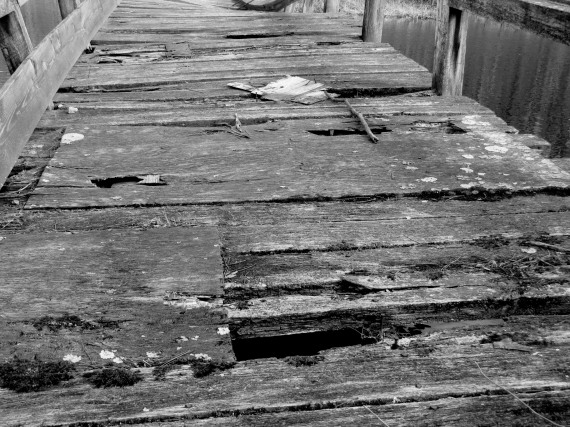


PROGRAMS AND TOURS:
Winakung at Waterloo Heritage Program is a collection of different educational interpretive tours that incorporates elements of the Lenape Village Program and Waterloo Canal Town Program. The Lenape Village program re-creates an old Native American village named “Winakung”. Visitors learn about Native American life before and after European colonization. The village includes a wigwam and a longhouse as well as activities including crafts, games, interactive activities, and storytelling. Every Thursday, the Village is open to visitors for a tour. The tour visits the blacksmith and gristmill where visitors learn about the importance each played in the history of the Morris Canal. Visitors can shop in the store and learn about items commonly bought by 19th century shoppers. Additional hands-on activities allow both adults and children to learn about rural farm life on the Morris Canal.
Canal Town Program
Popular Waterloo Village Events
Waterloo Canal Day – Held annually in late June early July – for information call 973-875-2068. A two-day music festival featuring as many as 15 different bands on two stages, comprising of country, country rock and bluegrass. Proceeds go towards restoration efforts at Waterloo Village.
Canal Heritage Days – Second and fourth Saturdays July-October. Admission free. Guided tours are provided of the village, the canal, the blacksmith shop, gristmill as well as NJ Canal Museum. In addition boat rides on the canal are offered.
Highlands Festival at Waterloo, September. An environmental festival featuring local food and music, with a focus on the arts, history, cultural and natural resources of New Jersey.
You can learn more about Waterloo Village and the Morris Canal at the Friends of Waterloo Village webpage.





















